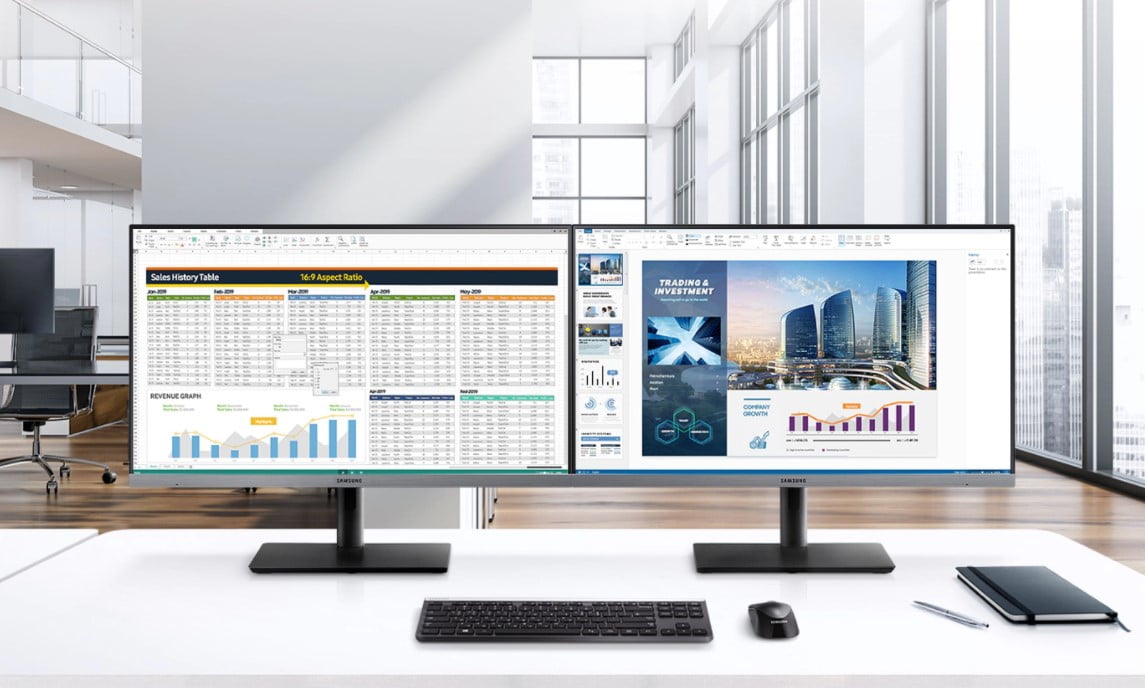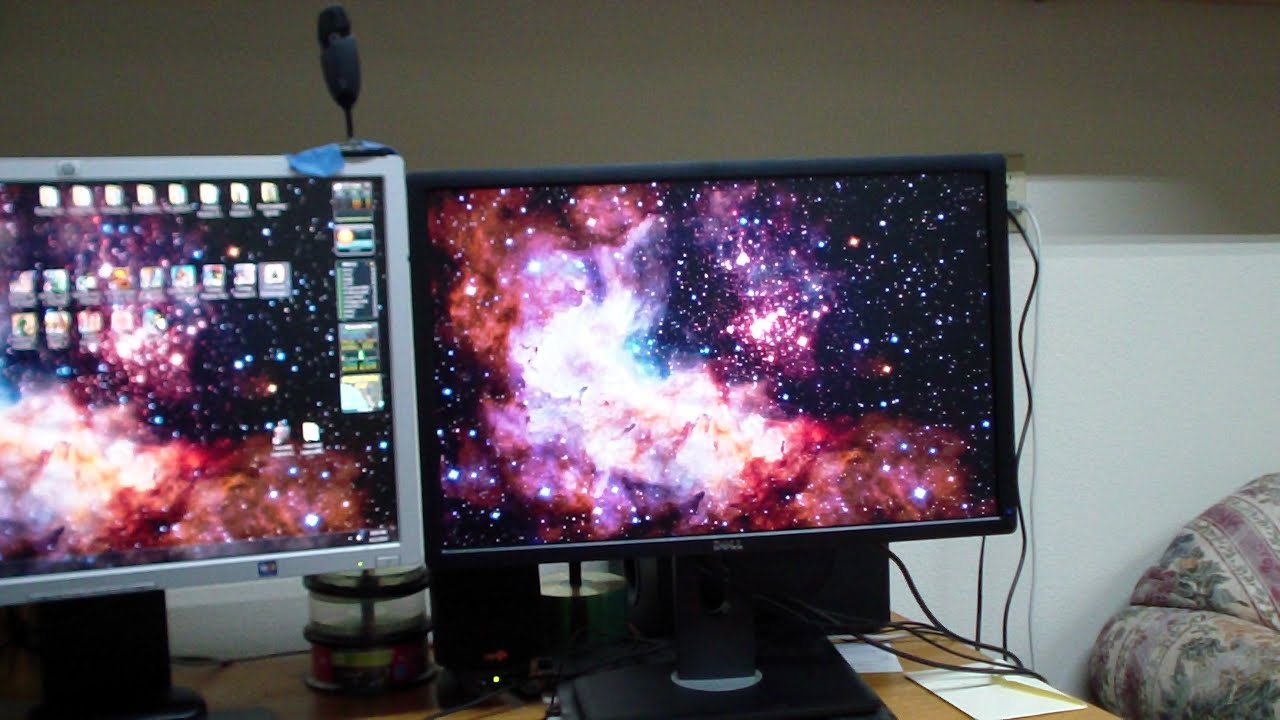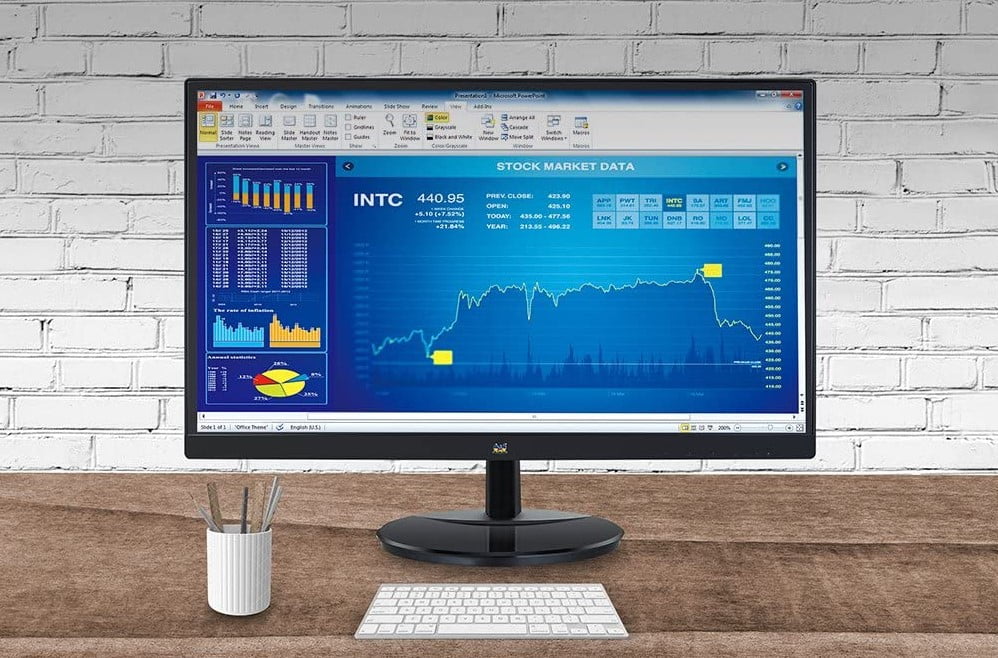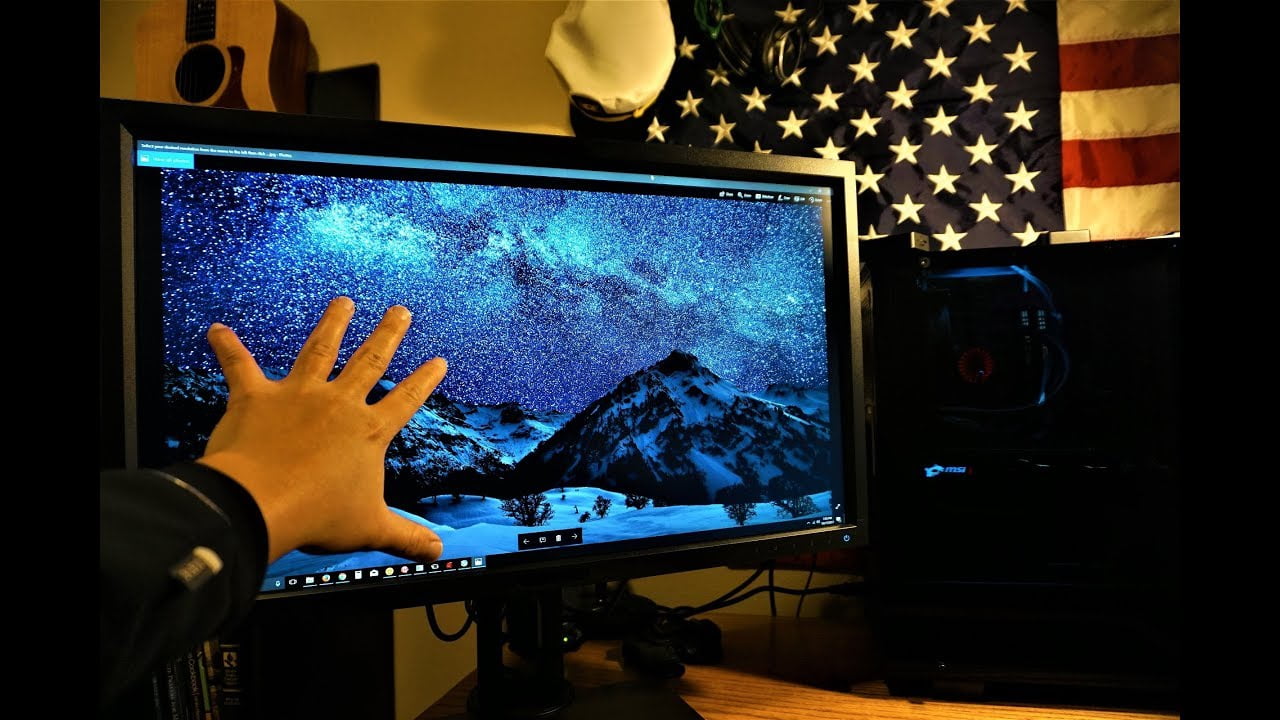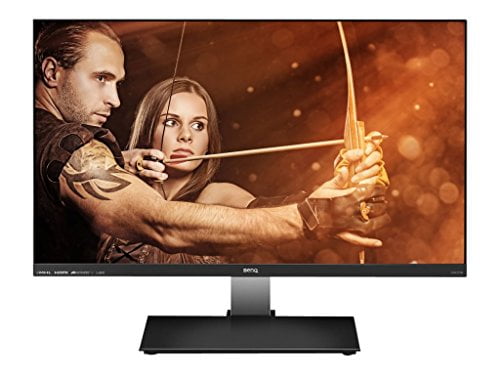If you are shopping for a new display, you may be confused as to some of the terminology regarding specifications. For instance, there is the notion of color space and sRGB vs Adobe RGB. The best gaming monitors include many robust color options, after all. Keep reading to learn about sRGB and Adobe RGB.
KEY TAKEAWAYS:
- sRGB and Adobe RGB are pre-determined ranges of colors as used with computer monitors, digital cameras, and other gadgets.
- sRGB is the standard when it comes to digital media since its inception in 1996, as it is more universally compatible than Adobe RGB.
- Adobe RGB is a good choice for those working in analog media, such as non-digital photographers, thanks to an increase in the number of colors available.
Differences Between sRGB and Adobe RGB
The debate between sRGB and Adobe RGB has puzzled creative professionals for many years. There’s also a debate about the top RGB strips for your PC, but that’s another article. Photographers, video editors, and game designers all have their unique preferences when it comes to color space, similar to what you’d find with DCI-P3 vs sRGB. What’s a color space? The term refers to a pre-determined range of colors. Generally speaking, sRGB boasts fewer colors than Adobe RGB, as the latter is a newer color space. The differences are in line with when you compare limited RGB vs full RGB.
Here are some other key differences between the two color profiles and some preferred uses.
Insider Tip
Adobe RGB can represent around 35 percent more colors than standard RGB.
Web Media
sRGB, which stands for standard RGB, is the preferred choice for web-based media and has been since its inception in 1996. sRGB is built for maximum compatibility across multiple web tools and platforms, including Java, HTML, and more. In other words, if you are reading something online via your phone, it was likely programmed using sRGB instead of the newer Adobe color profile. Much like when comparing a video card vs a graphics card, Adobe’s RGB is preferred for certain creative instances while sRGB is used to create computer graphics and computer-based designs.
Monitor Compatibility
Many monitors can’t even display the full-color spectrum as represented by the Adobe system, so photographers and other professionals will have to convert the colors from Adobe’s color gamut to sRGB. This leads to confusion regarding color accuracy when the colors that are seen while taking a photograph show up slightly different when rendered on a computer screen. An ultra-sharp image on your camera could, for instance, show up duller when looking at it on a monitor.
Printing
If you work in print media, such as newspapers and magazines, you likely rely exclusively on Adobe’s color wheel. Why? The additional colors really tend to improve the sharpness of actual physical images. Though it must be noted, the process of printing out an Adobe image is finicky, due to the increase in the range of colors.
F.A.Q.S
Can I edit Adobe RGB images on a standard monitor?
Sure, but you’ll have to convert the images using post-processing. The Adobe default color space features more colors than the RGB color space.
How many colors are there in Adobe RGB?
There are 16.7 million visible colors available in Adobe’s color system.
How do I properly convert to different color spaces?
The process will differ depending on what software you use, so check the manual for instructions on how to convert to a wider range of colors from the standard color space.
STAT: sRGB’s color gamut encompasses just 35% of the visible colors specified by CIE, whereas Adobe RGB (1998) encompasses slightly more than 50% of all visible colors. (source)




























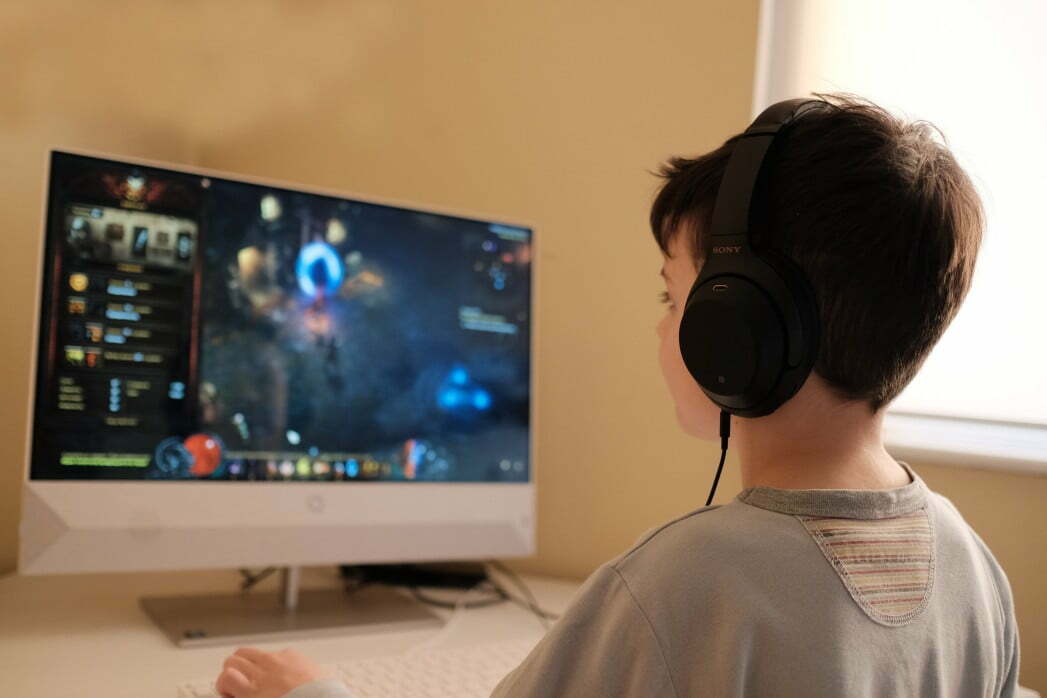
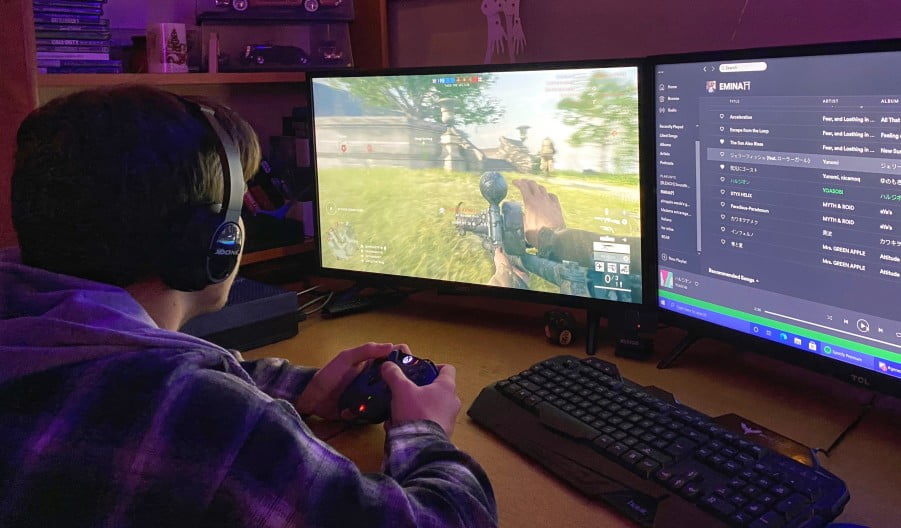
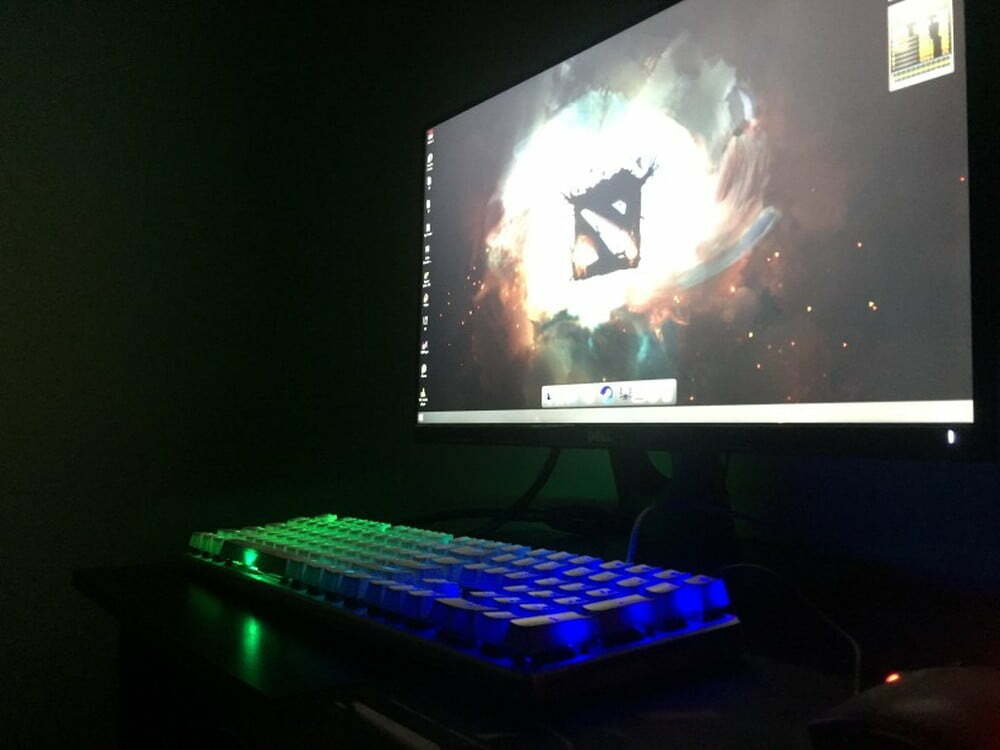

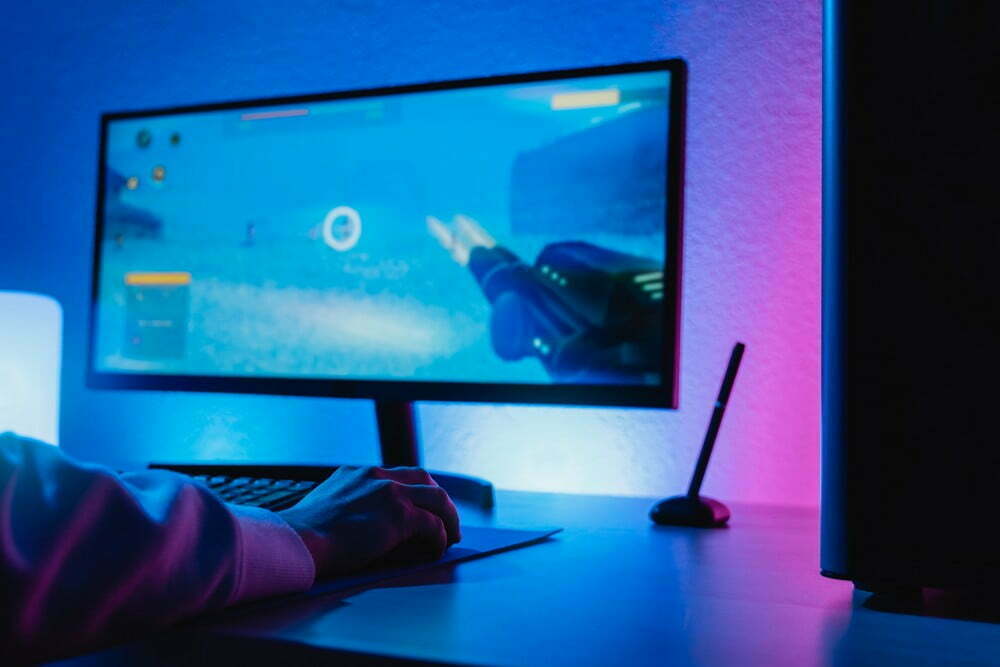

![Best 27 Inch Computer Monitor in [year] 27 Best 27 Inch Computer Monitor in 2026](https://www.gadgetreview.dev/wp-content/uploads/how-to-buy-the-best-computer-monitor.jpg)
![Best BenQ Monitors in [year] 28 Best BenQ Monitors in 2026](https://www.gadgetreview.dev/wp-content/uploads/best-benq-monitor-image.jpg)
![Best ASUS Monitors in [year] 29 Best ASUS Monitors in 2026](https://www.gadgetreview.dev/wp-content/uploads/best-asus-monitor-image.jpg)
![Best Dell Monitors in [year] 30 Best Dell Monitors in 2026](https://www.gadgetreview.dev/wp-content/uploads/best-dell-monitor-image.jpg)
![Best HP Monitors in [year] 31 Best HP Monitors in 2026](https://www.gadgetreview.dev/wp-content/uploads/best-hp-monitor-image.jpg)
![Best Lenovo Monitors in [year] 32 Best Lenovo Monitors in 2026](https://www.gadgetreview.dev/wp-content/uploads/best-lenovo-monitor-image.jpg)
![Best ViewSonic Monitors in [year] 33 Best ViewSonic Monitors in 2026](https://www.gadgetreview.dev/wp-content/uploads/best-viewsonic-monitor-image.jpg)
![Best Gigabyte Monitors in [year] 34 Best Gigabyte Monitors in 2026](https://www.gadgetreview.dev/wp-content/uploads/best-gigabyte-monitor-image.jpg)
![Best Monitors for PS4 Pro Gaming in [year] 35 Best Monitors for PS4 Pro Gaming in 2026](https://www.gadgetreview.dev/wp-content/uploads/best-monitors-for-ps4-pro-image.jpg)
![Best Monitor for Xbox Series X in [year] 36 Best Monitor for Xbox Series X in 2026](https://www.gadgetreview.dev/wp-content/uploads/best-monitor-for-xbox-series-x-image.jpg)
![Best Acer Monitors in [year] 37 Best Acer Monitors in 2026](https://www.gadgetreview.dev/wp-content/uploads/best-acer-monitor-image.jpg)
![Best MSI Monitors in [year] 38 Best MSI Monitors in 2026](https://www.gadgetreview.dev/wp-content/uploads/best-msi-monitor-image.jpg)
![Best SAMSUNG Monitors in [year] 39 Best SAMSUNG Monitors in 2026](https://www.gadgetreview.dev/wp-content/uploads/best-samsung-monitor-image.jpg)
![Best LG Monitors in [year] 40 Best LG Monitors in 2026](https://www.gadgetreview.dev/wp-content/uploads/best-lg-monitor-image.jpg)
![Best AOC Monitors in [year] 41 Best AOC Monitors in 2026](https://www.gadgetreview.dev/wp-content/uploads/best-aoc-monitor-image.jpg)
![Best Philips Monitors in [year] 42 Best Philips Monitors in 2026](https://www.gadgetreview.dev/wp-content/uploads/best-philips-monitors-image.jpg)
![Best Monitors For PUBG in [year] 43 Best Monitors For PUBG in 2026](https://www.gadgetreview.dev/wp-content/uploads/best-monitor-for-pubg-image.jpg)
![Best Stream Decks in [year] 44 Best Stream Decks in 2026](https://www.gadgetreview.dev/wp-content/uploads/best-stream-deck-image.jpg)
![Best Monitors for Streaming in [year] 45 Best Monitors for Streaming in 2026](https://www.gadgetreview.dev/wp-content/uploads/best-monitor-for-streaming-image.jpg)
![Best Monitors For Flight Simulator in [year] 46 Best Monitors For Flight Simulator in 2026](https://www.gadgetreview.dev/wp-content/uploads/best-monitor-for-flight-simulator-image.jpg)













